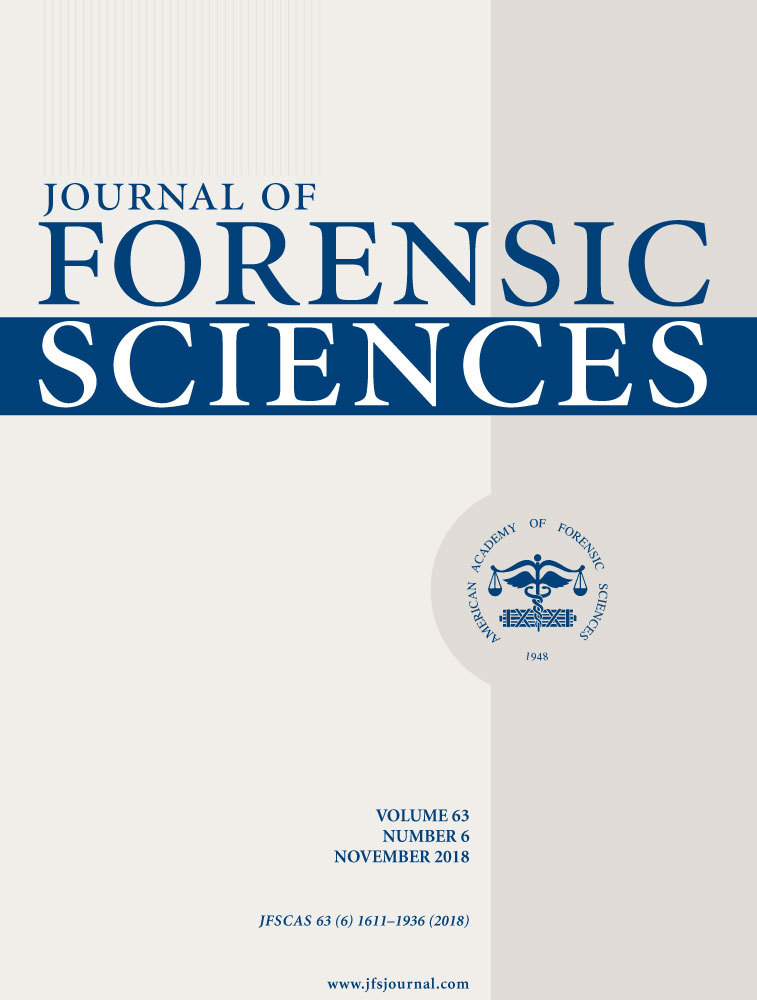Influence Factors Regarding the Effectiveness of Automated Ballistic Comparison on 0.38 Special Caliber Bullets and Cartridge Cases† ‡
Abstract
Factors influencing effectiveness of automated comparisons, test-fired bullets, and cartridge cases from 0.38 Special revolvers were logged into the Evofinder® Ballistic ID System. Tests were performed as follows: First test correlated test-fires of the same type, second test compared different types of ammunition components, third test replicated the second test in a larger database, and fourth test replicated the third test with students having no previous firearm identification experience. System effectiveness with projectiles in the first test was 0.89. With cartridge cases, effectiveness was 0.79 with combined results, but analysis of separate results by breech face and firing pin revealed low effectiveness by breech face (0.40). In the second, third, and fourth tests, effectiveness with projectiles were 0.61, 0.51, and 0.44. In addition, these tests had effectiveness with cartridge cases equivalent to 0.55, 0.43, and 0.44. Results are useful to establish routine protocols, system improvements, or comparative assessment of other electronic systems.




